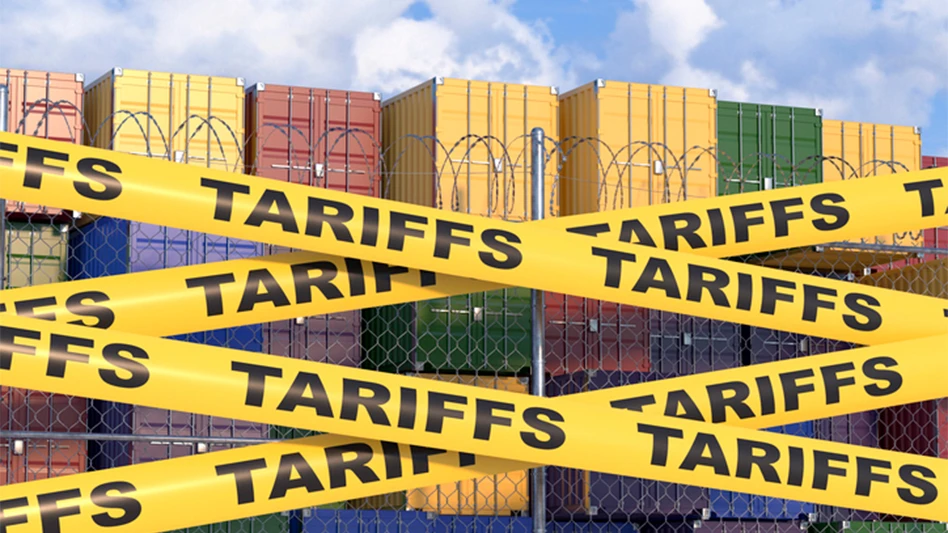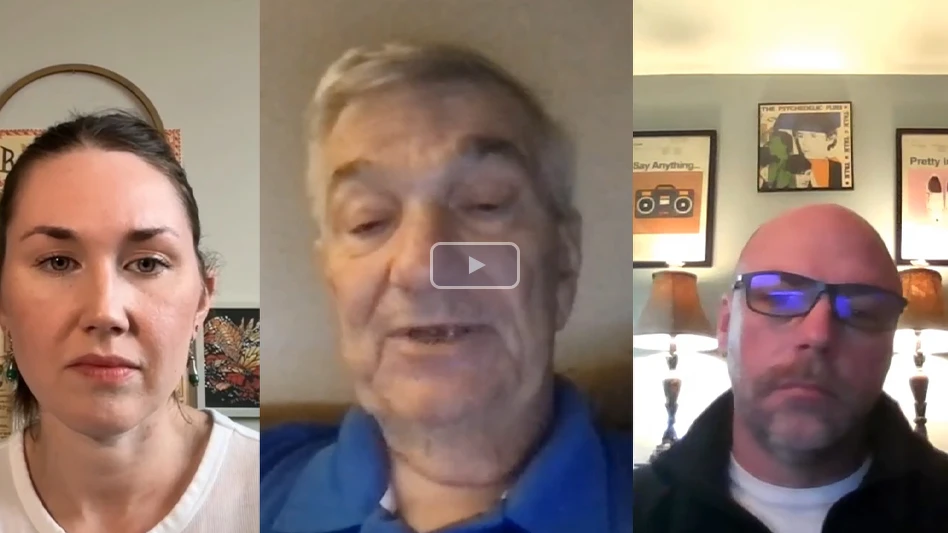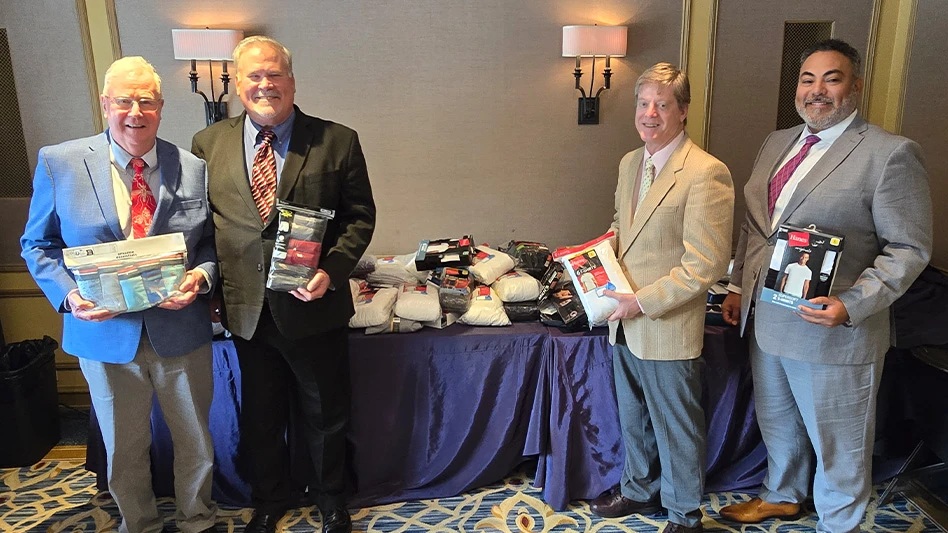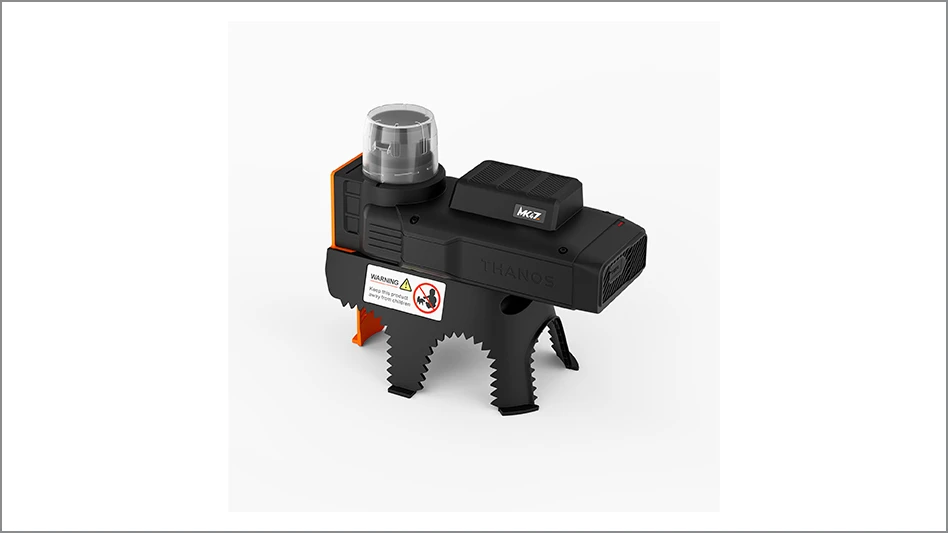
istock | akinbostanci
Editor’s note: Recent tariffs have created an atmosphere of uncertainty for business owners. PCOs are closely monitoring how tariffs might lead to higher costs of essential items like trucks, sprayers, and products. In the following article, Kemp Anderson and Grant Sinnott of Kemp Anderson Consulting, provide an overview of what tariffs are and how they might impact pest control operators.
Tariffs. It’s one of those words that gets tossed around a lot in the news and by politicians, but most people don’t have time to dig into what it really means — especially when you’ve got routes to run, accounts to service, payroll to meet, and a business to operate.
But if you're in the pest control business — whether you're prepping for termite work or managing a fleet of techs — tariffs can have a real impact on your bottom line. They can affect the cost of chemicals, gear, trucks, and even uniforms. Understanding how tariffs work — and how to plan around them — can help you stay ahead in a changing economy. Let’s break it down in plain language.
What Are Tariffs, and Why Do They Matter?
A tariff is basically a tax that the U.S. government places on goods imported from another country. The idea is to make foreign products more expensive so that U.S.-made products become more competitive in terms of price.
So, if a truck comes from Japan, Germany, Mexico, Korea, or another offshore automotive-producing nation and the cost is $40,000, a 30% tariff would raise the price to $52,000. Likewise, if a sprayer costs $100 from China and there's a 25% tariff, it now costs $125.
If you only need a few trucks or pieces of equipment, you might weather the storm. But if you need 10 trucks, that cost jumps from $400,000 to $520,000. If your company is buying 50 sprayers or importing equipment in bulk, those added costs pile up fast—and they show up on your P&L, cutting into your margins.
The purpose of a tariff is to increase the price of imported goods, making domestic products relatively cheaper and steering buyers toward U.S. options. Ideally, this boosts domestic industries and jobs. But the reality is more nuanced.
Tariffs aren’t random. They’re typically a response to trade imbalances or disputes. For instance, if the U.S. believes another country is flooding our market with underpriced goods, tariffs can be used as a countermeasure. In turn, that country may impose reciprocal tariffs on American exports—things get complicated quickly.
How Does This Affect Pest Control?
Most pest control professionals don’t import goods directly. But many of the tools and products we rely on are imported. That includes:
• New fleet vehicles (Asia, Mexico, Europe)
• Sprayers and foggers (often from Asia)
• Chemical pumps and nozzles (Asia, Mexico, and others)
• Some pesticide ingredients (Asia)
• Workwear and gloves (China and Vietnam)
• Replacement parts for service trucks (Mexico, Europe, Asia)
When tariffs increase, the added cost trickles down. Suppliers raise their prices. Distributors pass that cost to you. Suddenly, your equipment order is 15–20% higher than last year.
And it’s not just gear. Tariffs can impact fuel, tires, vehicle parts, and even building maintenance—anything tied to a supply chain.
For a one-truck operator, it may be manageable. But for companies running 10, 20, or 50 routes a day, those added costs hit hard. Margins tighten quickly.
But Aren’t Tariffs Meant to Help American Businesses?
In theory, yes. Tariffs are designed to help American manufacturers compete. If it costs more to import a sprayer, maybe a U.S. company can make and sell one at a similar price.
In some industries—like steel or auto parts—this can work. But pest control is different. We're dependent on both domestic and foreign supply chains. In many cases, the parts or products we use aren’t made here anymore. And if they are, they’re often more expensive.
So while tariffs may protect some jobs, they also raise costs for small businesses—the lifeblood of our industry.
What Can Business Owners and Technicians Do?
Trade policy may be out of your hands, but you’re not powerless. Here are a few strategies:
(1) Audit Your Supply Chain
Identify what gear, parts, or products you buy that are made overseas. Talk to vendors and ask where they source from. Knowing what’s tariff-vulnerable helps you plan.
(2) Buy in Bulk—Smartly and with Urgency
If you know prices are rising, consider stocking up—but don’t overextend. Storage costs and expiration dates (especially for chemicals) matter.
(3) Build Relationships with Domestic Suppliers
Some U.S. manufacturers are scaling up to meet demand. They may be more expensive, but with fewer shipping delays and no tariffs, they could be the better long-term choice. Remember, the goal is to build it in America, employ Americans, and buy American goods.
(4) Watch for Price Creep
Monitor your cost of goods sold (COGS—fleet, labor, chemical costs). If prices rise, don’t absorb the costs indefinitely. Consider reasonable, transparent price adjustments across your service lines.
(5) Invest in Efficiency
If you can’t cut equipment costs, get leaner elsewhere. Optimize routes, train techs to reduce callbacks, and use software to manage scheduling and dispatching. Efficiency protects your profit.
The Bigger Picture
No matter where you land politically, the truth is this: tariffs are a tool. Like any tool, they can be used well or poorly. Their impact depends on your position in the chain.
For pest control professionals, staying informed and adaptable is critical. Inflation, global unrest, policy shifts—all affect your business, sometimes in ways that aren't obvious at first. The key is not getting caught off guard.
Whether you're a solo tech covering one zip code or managing a team across counties, stay alert, stay flexible, and keep the conversation going with your suppliers. That’s your best defense against the uncertainty tariffs bring.
This industry has always been about solving problems—from rats in a restaurant to termites in a foundation. Tariffs are just another problem. And like every roach infestation or wasp nest, it’s nothing we can’t handle—with the right tools, a solid plan, and a steady hand.
Stay sharp. Stay local. Stay informed.
Latest from Pest Control Technology
- Advanced Education
- Fox Pest Control Recognizes Shreyan Singha as '25 Scholarship Winner
- Prodigy Pest Solutions Promotes Shaun Reeves to Technical Director of Operations
- Bobby Jenkins Named the 2025 Crown Lifetime Achievement Award Recipient
- Abell Pest Control Marks Five Years of ‘12 Days of Giving’
- Built-by-Owner Home? Look for Surprises
- The Pest Rangers Acquires O.C.E. Pest & Termite Control
- The Professional Pest Management Alliance Expands Investor Network





